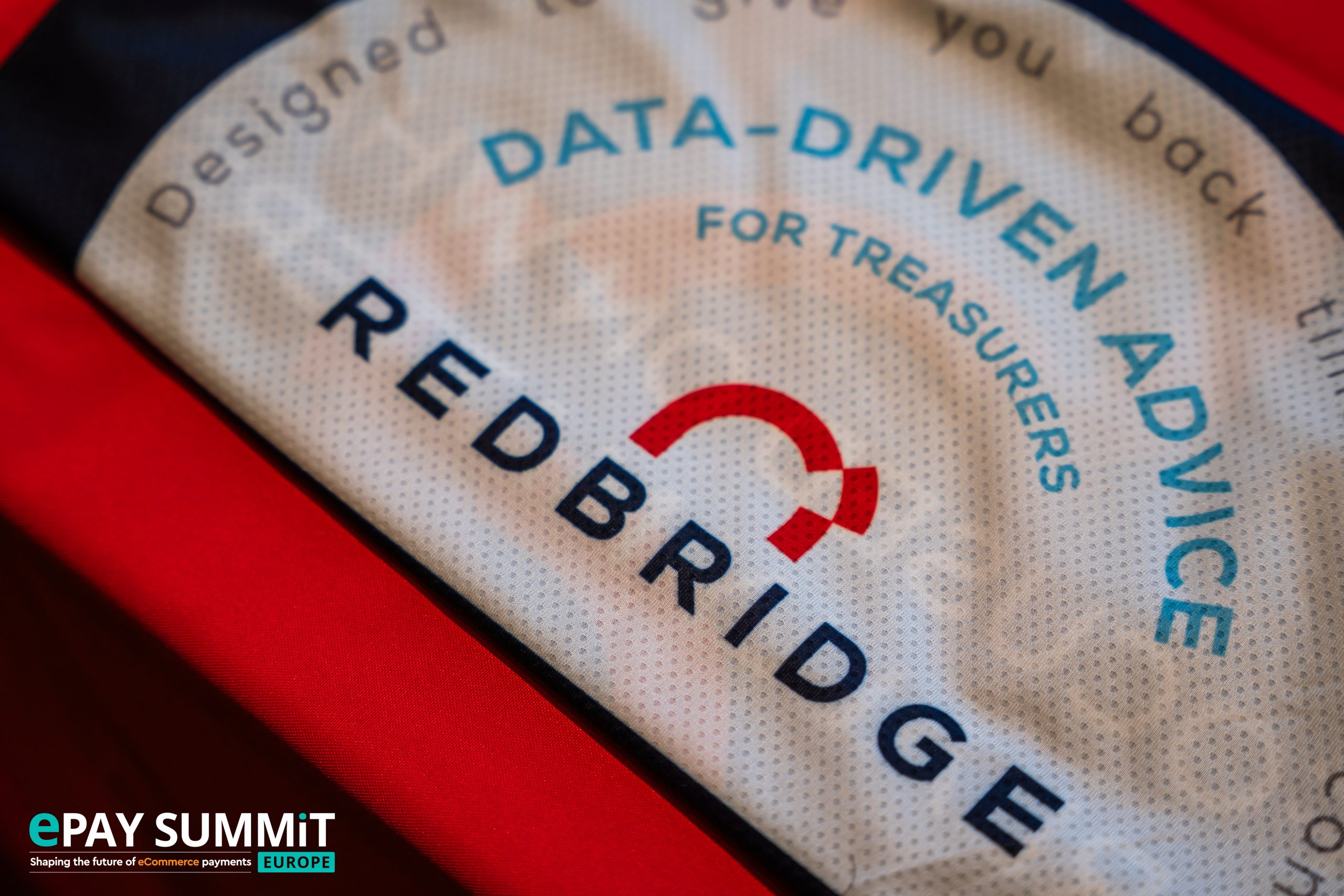In October, Redbridge was at the ePay Summit in London, took part in roundtables and met merchants to discuss issues including fraud in e-commerce, the realities of open banking and the practicalities of implementing alternative payments methods such as crypto and blockchain in everyday checkout flows.
Throughout the event we found that participants were all coming to the conclusion that to improve their payments processes, companies need to introduce change deliberately, measure everything, and base decisions on what the data is telling them. This is exactly the kind of stance that Redbridge has long advocated.
Fraud – the battleground has shifted to agentic commerce
Participants at the summit explained how the threat of fraud is evolving as AI agents enter the commerce ecosystem. In fact, a new form of “agentic fraud” is emerging. Automated agents can mimic human browsing patterns, place orders and even escalate spurious disputes. For risk practitioners, detecting these bots is a real challenge.
Two techniques are helping in the battle against agentic fraud.
First, centralizing payments data across acquirers, gateways and internal systems enables merchants to detect evolving patterns and reduce false positives. The challenge here is to clean and normalize the data.
Second, using adaptive analytics – risk models and rules that update as behaviour changes – is essential. Attack surfaces – the sum of all potential entry points and vulnerabilities in a system, network or organization that an attacker can exploit to gain unauthorized access, steal data or cause harm – are expanding. When companies rely on fragmented data, they decline too many good customers but still miss coordinated attacks. For instance, the Merchants Risk Council’s 2024 annual report states that merchants rejected an estimated 6% of e-commerce orders they received during the year due to suspicions of fraud, and most report “customer insult” (or false positive) rates of between 2–10%.
Chargeback rules are also evolving. Visa’s Compelling Evidence 3.0 framework allows merchants to use prior undisputed transaction history to rebut first party misuse (when a cardholder disputes a legitimate transaction, either unintentionally or intentionally) more efficiently. This should prove useful against disputes triggered downstream by agent mistakes or opportunistic abuse. But evidence only helps if you can retrieve it, which is another argument for consolidating and governing your payments data centrally.
Meanwhile, industry guidance on agentic commerce is highlighting the importance of a new control objective: Know Your Agent. Tokens, authentication flags and standardized “agent identity” signals will matter as much as device and behavioral telemetry in separating helpful automation from hostile automation. Visa, Mastercard and other companies have begun to define these signals, and risk leaders need to develop detection and authorization strategies that assume agent-originated traffic will become the norm, not an exception.

The rise of AI-driven transactions: from concept to reality
Agentic purchasing is moving rapidly from slides to pilot schemes. Visa has introduced its Intelligent Commerce service and related tools to enable trusted AI agents to pay on behalf of users. Mastercard has outlined agent-ready services and partnerships to make agent-led payments safer and more interoperable. Meanwhile, large platforms and assistants are stitching payments into conversational experiences, most recently with partnerships that bring wallet checkout directly inside AI interfaces. This currently involves low-complexity purchases and reorders, but over the medium term is likely to extend into paying for travel, tickets and recurring services.
Many merchants are understandably unprepared for this traffic. They need to respond with pragmatic experiments woven into existing payment flows, starting where risk is concentrated and the return on investment measurable. This could involve, for example, allowing agent-initiated reorders for known customers; limiting agent purchases to preapproved baskets with spending caps; requiring tokenized credentials and explicit strong customer authentication where appropriate; and measuring the journey to compare agent vs. human performance in terms of acceptance, fraud, return and Net Promoter Score outcomes.
Data, user experience and checkout optimization: small changes, big improvements
Conversations at the summit repeatedly returned to the problem of conversion left on the table due to fussy forms. Simple UX changes like reordering address fields, improving autocomplete or accepting multiple postcode formats can increase authorization success by reducing typos and address verification service (AVS) mismatches. Many years of checkout research shows that most sites still involve avoidable friction, and that targeted improvements can result in double-digit conversion gains.
On the risk side, aligning AVS and KYC controls with real fraud patterns rather than blanket rules reduces unnecessary payment declines without weakening defences. Payment providers explicitly advise calibrating how much weight you assign to different AVS codes; similarly, modern risk platforms allow more nuanced post-authorization handling based on the combination of address signals, tokens and history. When required, additional identity verification requirements should be proportionate and contextual. KYC friction is a known cause of abandonment in financial onboarding.
Better data plumbing is vital. Teams that consolidate acquirer, payment service provider and internal data – and then interrogate it with the right KPIs – are best placed to spot fixable declines, isolate issuer-specific problems and distinguish genuine fraud from friendly mistakes. That is precisely the aim of disciplined payments analytics, with clean, centralized data powering operational decisions across acceptance, cost and risk.

Stablecoins: high potential, low adoption
Stablecoins are gaining an outsized share of industry attention relative to their actual checkout use. According to EY-Parthenon estimates, stablecoins could account for 5–10% of global payments, with most of this in the form of cross-border and treasury workflows rather than consumer payments. Among companies accepting stablecoins payment, a meaningful share report double-digit cost savings when the flows are well designed. Overall, we are seeing promising signs for corporate treasurers, especially in the USD/EUR corridor, but cautious merchant demand.
The Bank for International Settlements continues to warn about the operational risks that stablecoins involve while acknowledging their potential cross-border efficiencies. Meanwhile, the ECB has raised concerns about deposit flight and stability if interest-bearing stablecoins are increasingly adopted. Merchants need to explore targeted use cases such as faster settlements in specific markets, supplier payouts or treasury transfers.
Open banking and regulation: unlocking value responsibly
Open banking is delivering genuine improvements both in terms of savings and user experience, especially where bank-to-bank (Account-to-account or A2A) payments can be combined with instant refunds, personalized incentives and one-click repeat purchases. Adoption in the UK continues to increase, but card-like protections and rewards remain the most important factors for consumers. Overlay services and better user journeys will help A2A move from niche into the mainstream.
Two regulatory developments are particularly relevant to open banking. First, mandatory reimbursement in the UK for Authorized Push Payment (APP) fraud on Faster Payments came into effect in October 2024. Second, the Data (Use and Access) Act 2025 modernizes data sharing and “Smart Data” frameworks, expanding the lawful bases and governance of data access. The changes will affect how merchants, payments service providers and fintechs collect and share payment data.
Combined, these two developments will reward merchants that are compliant with data use standards and provide attractive incentives to consumers (such as cashback, loyalty accrual programs and instant refunds) and explicit clear ways to dispute payments.
